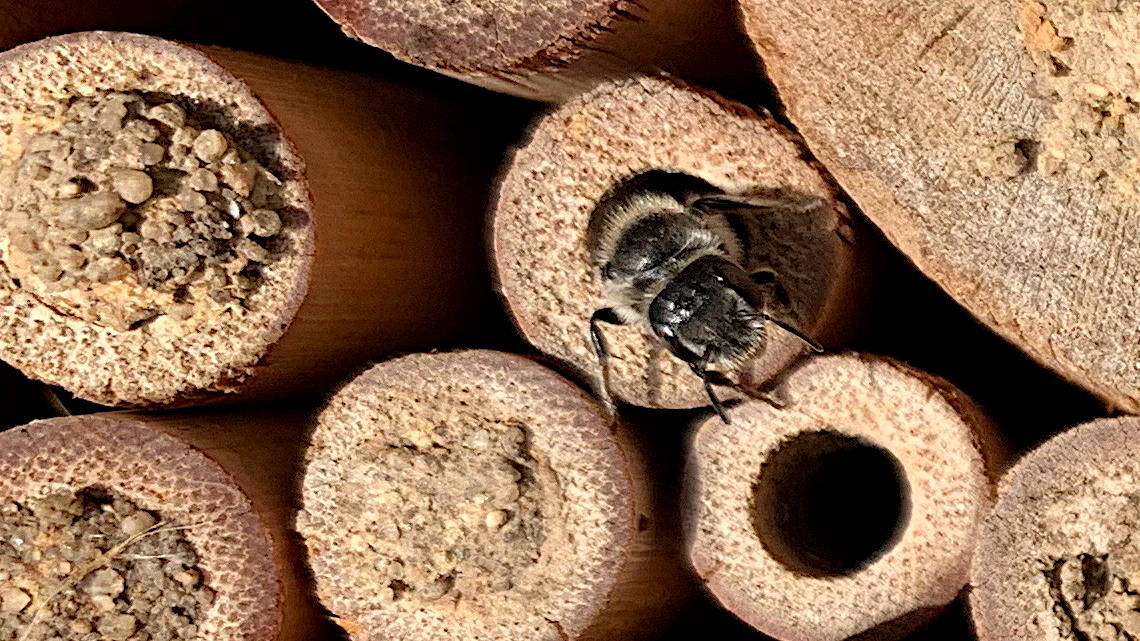Bee microbiome reflects lifestyle
Bee researchers from Würzburg show that there are great differences between the microbial communities of social bee colonies and the more species-rich solitary bees.

There are about as many bacteria living in and on humans as there are body cells. This is no different for most higher organisms. Bees, for example, also have a microbial intestinal flora that supports digestion and stimulates the immune system. Microorganisms live in beehives which secrete compounds to prevent the spread of harmful fungi. However, there is a huge deficit in everything that scientists have discovered so far about the bacteria of bees: ""Most research in this field is devoted to social bees, especially the western honey bee Apis mellifera," reports Alexander Keller from the Biocentre of the Julius Maximilian University Würzburg (JMU).
Are bacteria a factor in bee mortality?
The biologists of the JMU suspect that bee bacteria could be one of the causes of worldwide bee mortality, along with pesticides, pathogens and the loss of habitats. However, as around 90% of the 17,500 known bee species live solitary and research has so far concentrated mainly on social bees, little is known about this. As Keller and his team report in a literature study in the specialist journal "Trends in Microbiology", a widespread assumption is wrong: Despite fundamental similarities, the findings obtained from social bees can only be transferred to solitary bees to a limited extent.
Solitary bees more strongly influenced by humans
The study has shown that the interaction of solitary bees and microorganisms is much more strongly affected by environmental factors than that of social bees. These include in particular human influences such as agricultural activities, habitat destruction and climate change. In an international project, the biologists now want to better investigate the landscape ecological factors that influence which microbes interact with solitary bees - and in what way. This is because a large part of the known solitary bee species is threatened or already extinct. In parts of Asia, the pollination of fruit trees must therefore already be carried out manually with great effort.
bl/um


